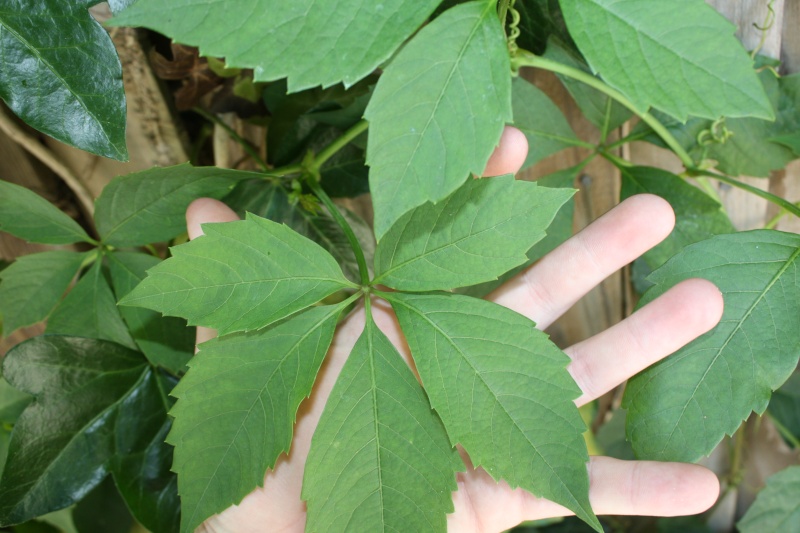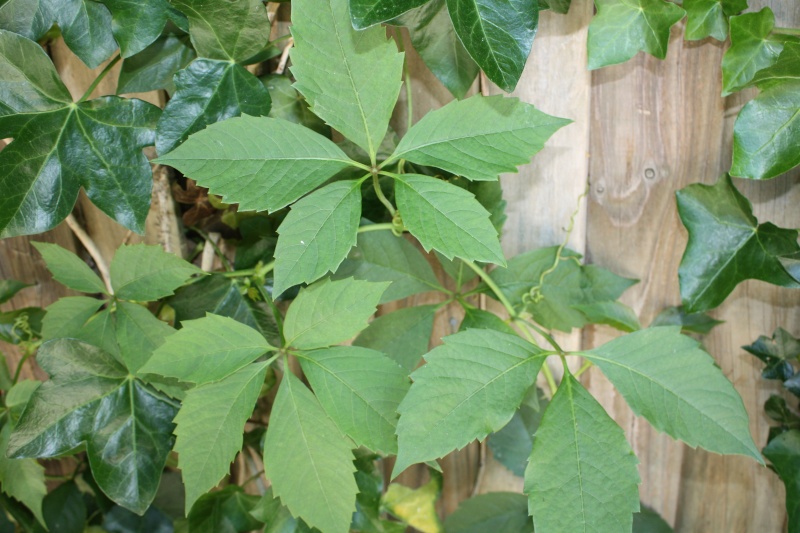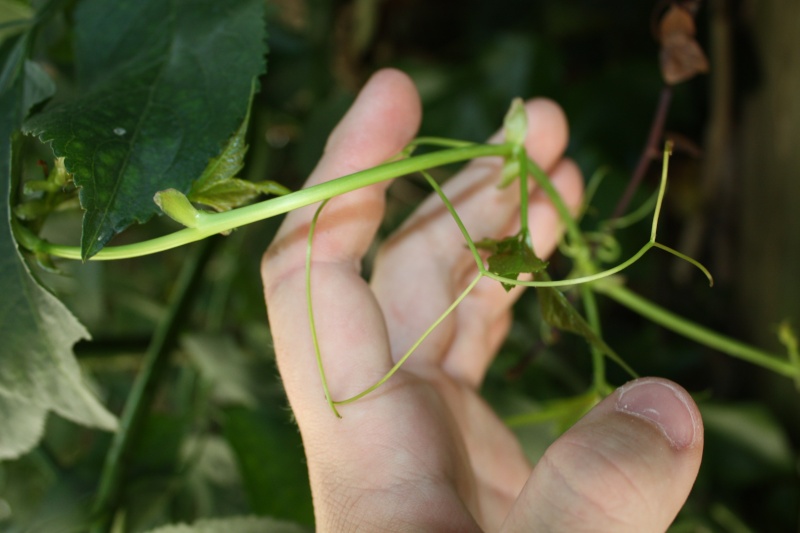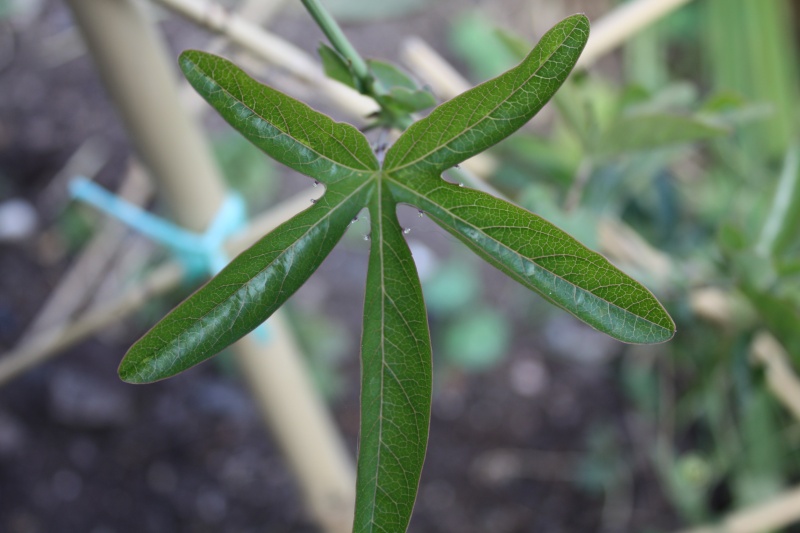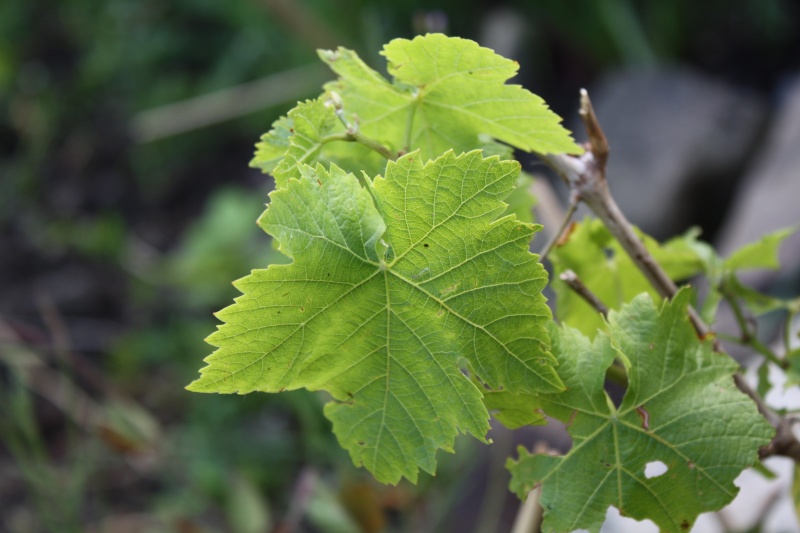A triffid can be divided into three components: base, trunk, and head (which contains a venomous sting). In The Day of the Triffids, adult triffids are described as measuring on average seven feet in height. European triffids never exceed 8 feet, while those living in tropical areas can reach 10 feet.[2] In The Night of the Triffids, a small number of North American triffids manage to reach 60 feet in height.[6] The base of a triffid is a large muscle-like root mass comprising three blunt appendages. When dormant/docile, these appendages are rooted into the ground and are used to draw nutrients, as with a normal plant. When active, triffids use these appendages to propel themselves along at a moderate walking pace. The character Masen describes the triffid's locomotion as such:
“ "When it "walked" it moved rather like a man on crutches. Two of the blunt "legs" slid forward, then the whole thing lurched as the rear one drew almost level with them, then the two in front slid forward again. At each "step" the long stem whipped violently back and forth; it gave one a kind of seasick feeling to watch it. As a method of progress it looked both strenuous and clumsy-faintly reminiscent of young elephants at play. One felt that if it were to go on lurching for long in that fashion it would be bound to strip all its leaves if it did not actually break its stem. Nevertheless, ungainly though it looked, it was contriving to cover the ground at something like an average walking pace. " [2] ”
Above the base are upturned leafless sticks which the triffid drums against its stem. The exact purpose of this is not fully explained in The Day of the Triffids. It is originally assumed that they are used to attract mates, though Bill Masen's colleague, Walter Lucknor, believes that they are in fact used for communication. It is revealed that removal of these sticks causes the triffid to physically deteriorate.[2] In The Night of the Triffids, the character Gabriel Deeds speculates that the vibrations made by the triffid's sticks serve as a form of echolocation.[4]
The upper part of a triffid consists of a stem ending in a funnel-like formation containing a sticky substance which traps insects, much like a pitcher plant. Also housed within the funnel is a stinger which, when fully extended, can measure 10 feet in length. When attacking, a triffid will lash out at its target using its sting, primarily aiming for its prey's face or head, and with considerable speed and force. Contact with bare skin can kill a man instantly. Once its prey has been stung and killed, a triffid will root itself beside the body and feed on it as it decomposes by tearing at its softened flesh with its stinger and pulling the rotting meat into its funnel.[2]
Triffids reproduce by inflating a dark green pod just below the top of their funnel until it bursts, releasing white seeds (95% of which are infertile) into the air.[2]
The first documented triffid outbreaks occur in Indochina, where they receive little press attention, until triffids begin appearing in Sumatra, Borneo, Belgian Congo, Colombia, Brazil and other equatorial regions. Although they develop faster in tropical regions, triffids soon begin establishing themselves in many regions outside the polar and desert regions. Once it is discovered that triffids are predatory creatures, they are culled in large numbers, until it is later found out that docking their stingers renders them harmless. Docked triffids soon become fashionable in public and private gardens. As it takes triffids two years to fully regrow their stings, captive triffids are pruned every year. Triffid farms are built in order to produce triffid oil, which is of greater quality when taken from undocked specimens
